There are many reasons you would like to return to the old classic file explorer ribbon from the modern design. You may not like the level of options offered in the new design, or you are habituated to the classic ribbon. Whatever the reasons may be, in this article, we will guide you on how to restore the classic file explorer ribbon in Windows 11.
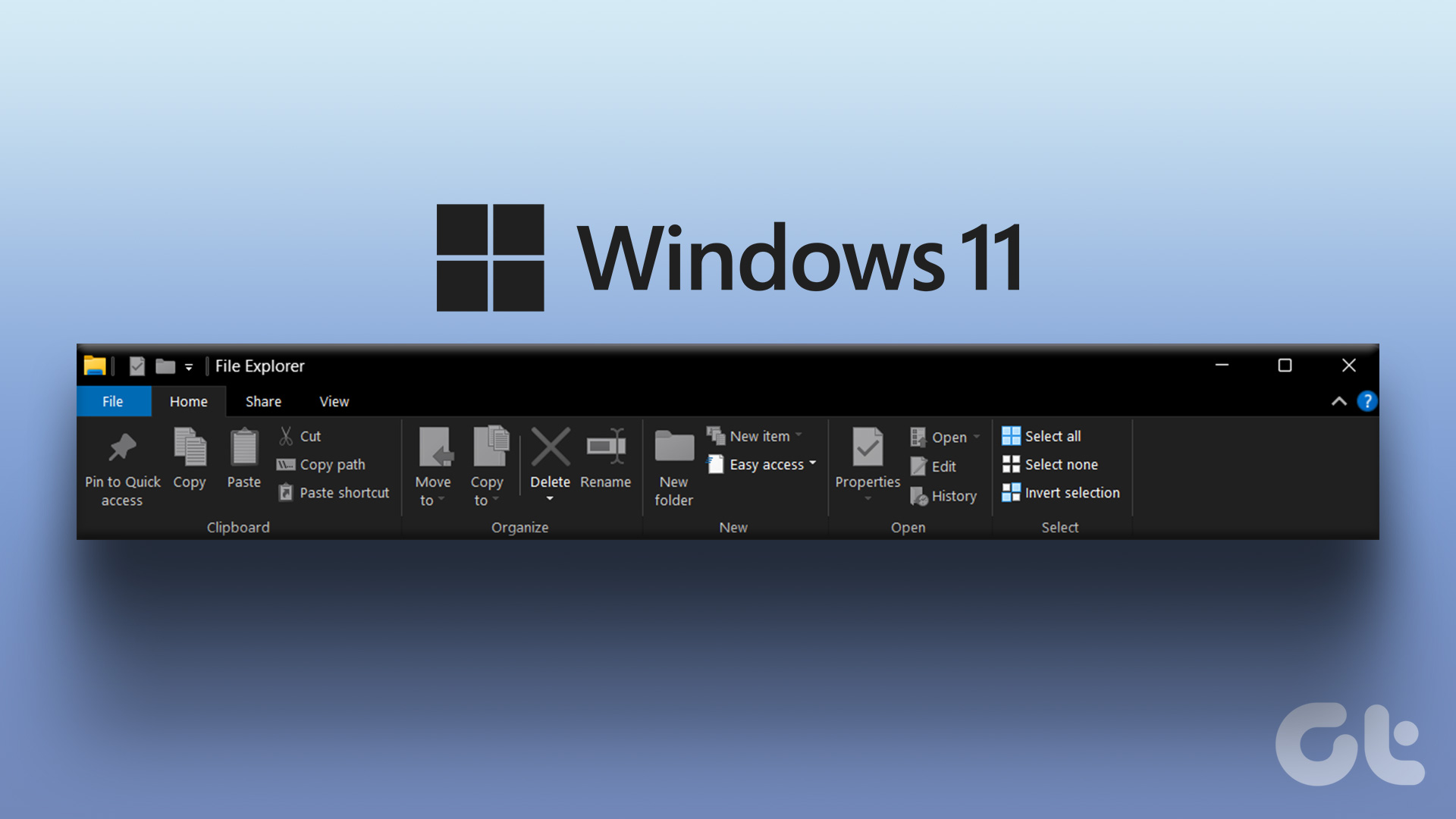
Before we begin, it is important to notice that some methods may not work depending on the version of Windows 11 you are running on. With that in mind, let’s begin the article by understanding the difference between classic and new design ribbons on Windows 11.
Difference between Classic Ribbon Menu to the New Design
There’s a good difference between the old classic ribbon menu to the new modern ribbon design. The new ribbon on Windows 11 is clean, visually appealing, and focused more on simplicity and clarity. In contrast, the classic ribbon lets users find and use commands more easily by organizing them into logical groups.

In addition, the new modern ribbon is more responsive and adaptable to different screen sizes and displays only the most relevant commands based on the user’s current context. Although there are several additional functionalities and features the new ribbon on Windows 11 offers, some users would still prefer the classic ribbon. So, let’s begin with the methods.
1. Temporarily Restore Classic File Explorer Ribbon using Control Panel
This method, as mentioned, is a temporary way to get the old classic ribbon on file explorer. Still, it is effective, considering this is the only method that works if you are on the latest Windows 11 version. There’s no other way to bring back the classic ribbon.
Step 1: Press the Windows key on your keyboard, type Control Panel and press Enter.
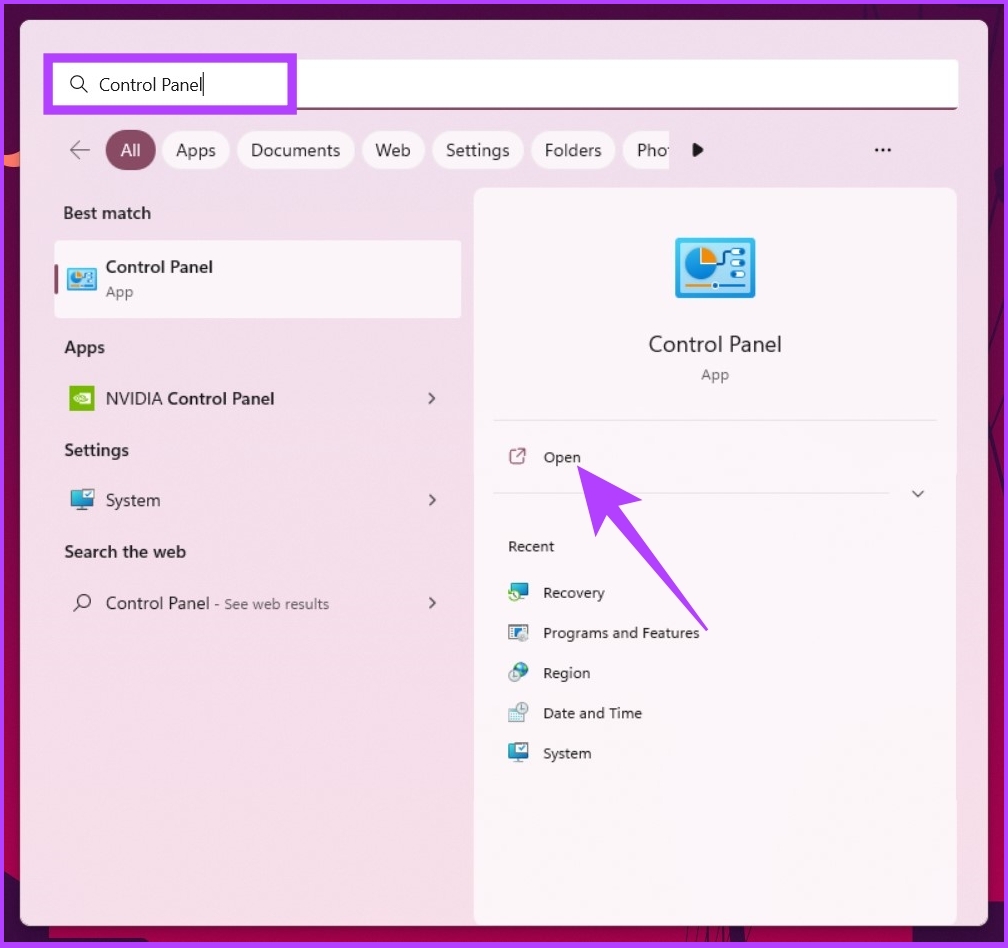
Step 2: Now, click on the Up arrow in the Control Panel.
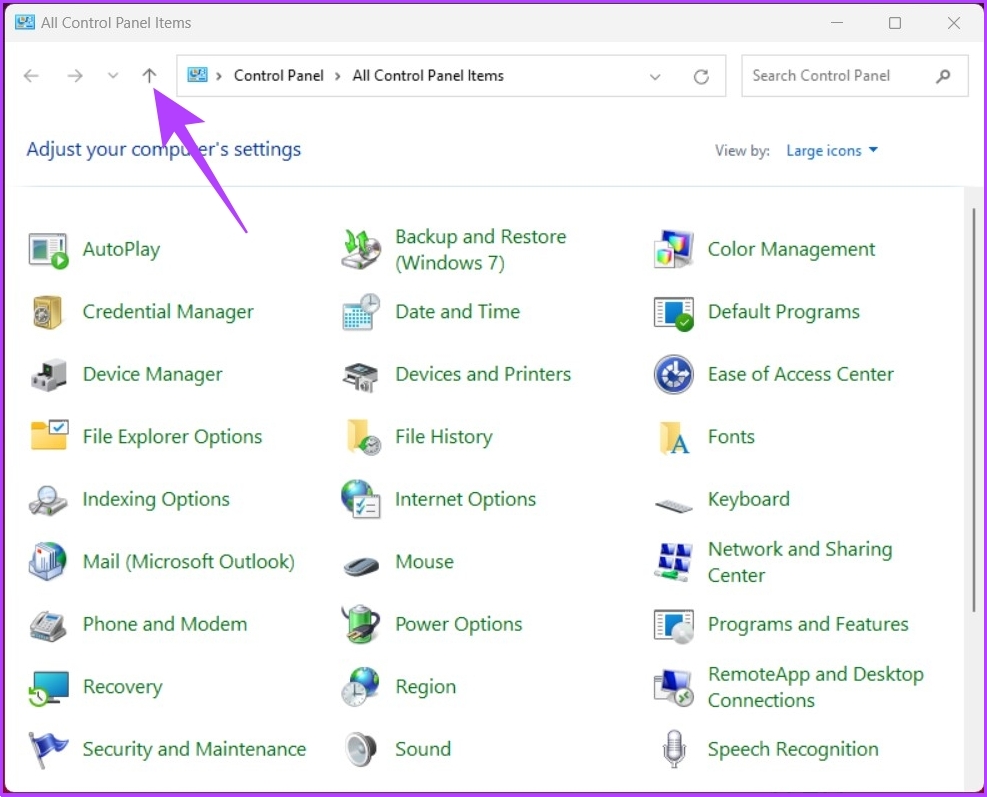
Step 3: Click on the Up arrow once more. This will take you to the main page of the Control Panel.
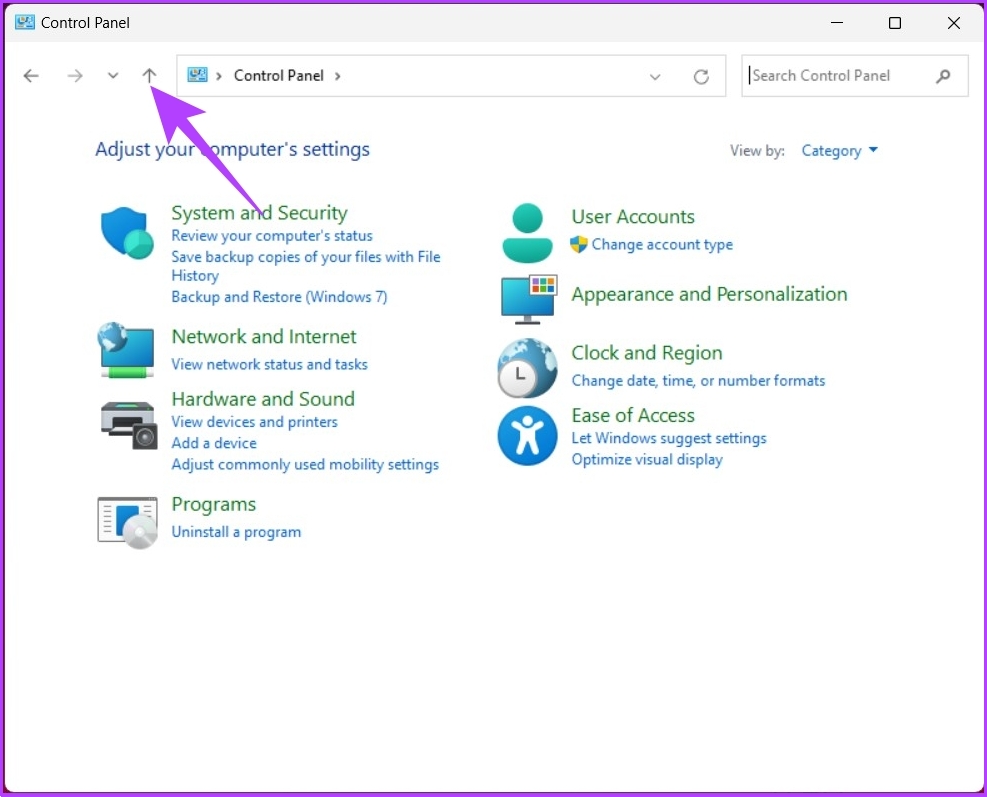
Step 4: You will land on the Desktop under File Explorer with the Classic old ribbon.

You can move around the folders and other documents. However, the old ribbon will be gone when you close and reopen the window. If you don’t want a temporary solution but a permanent one, jump to the next method.
2. Restore Classic File Explorer Using Registry Editor
Before we begin with this method, it is important to understand that this method no longer works if you are on Windows 11 version 22H22 or higher. However, if don’t fall in the specific user set, restoring the classic file explorer in Windows 11 may appear complicated because it involves the Registry Editor, but it is quite simple. Follow the instructions below.
Note: We strongly advise you to back up the Windows Registry before proceeding with the steps below.
Step 1: Press the Windows key on your keyboard, type Registry Editor, and click ‘Run as administrator.’
Note: You can also press ‘Windows key + R’ to open the Run dialog box, type regedit.exe, and click OK to open Registry Editor.
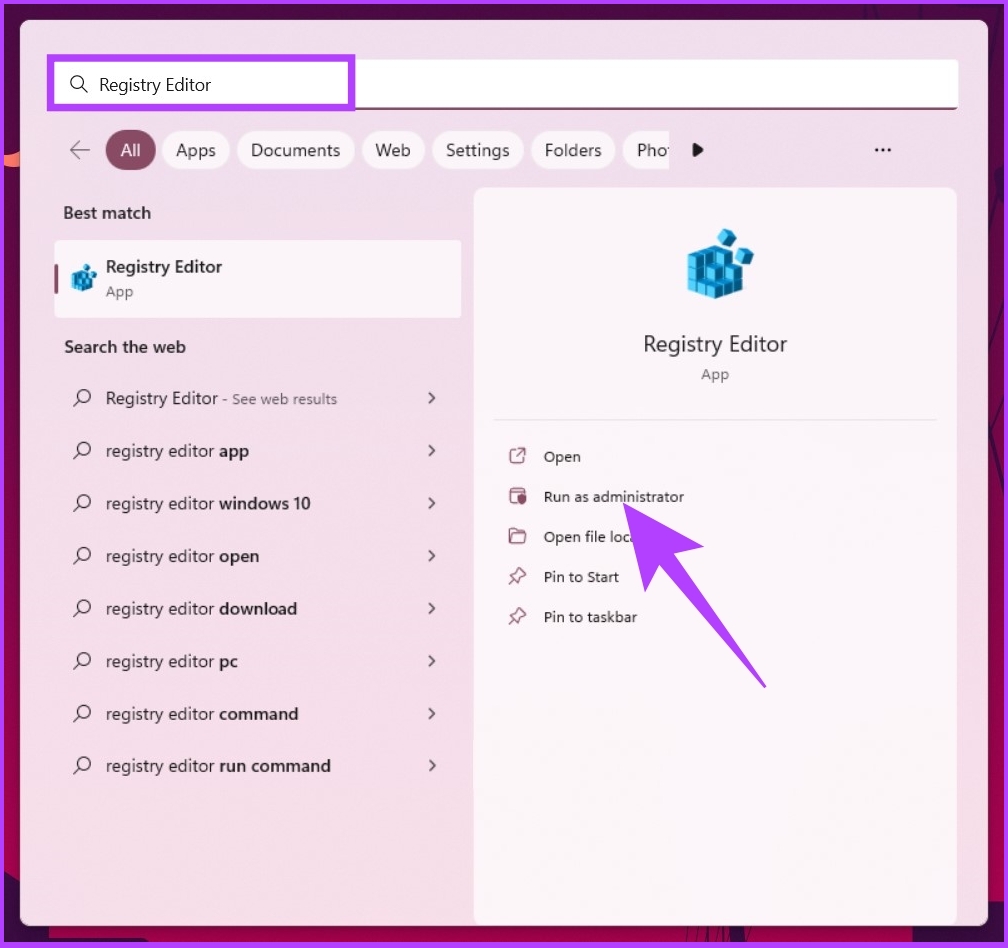
In the prompt, select Yes.
Step 2: In the top address bar, enter the below-mentioned address.
Computer\HKEY_LOCAL_MACHINE\SOFTWARE\Microsoft\Windows\CurrentVersion\Shell Extensions
Note: You can manually navigate to the location too.

Step 3: Under the Shell Extensions folder, right-click on the right pane, select New, and choose Key.

Step 4: Name the Key as Blocked.
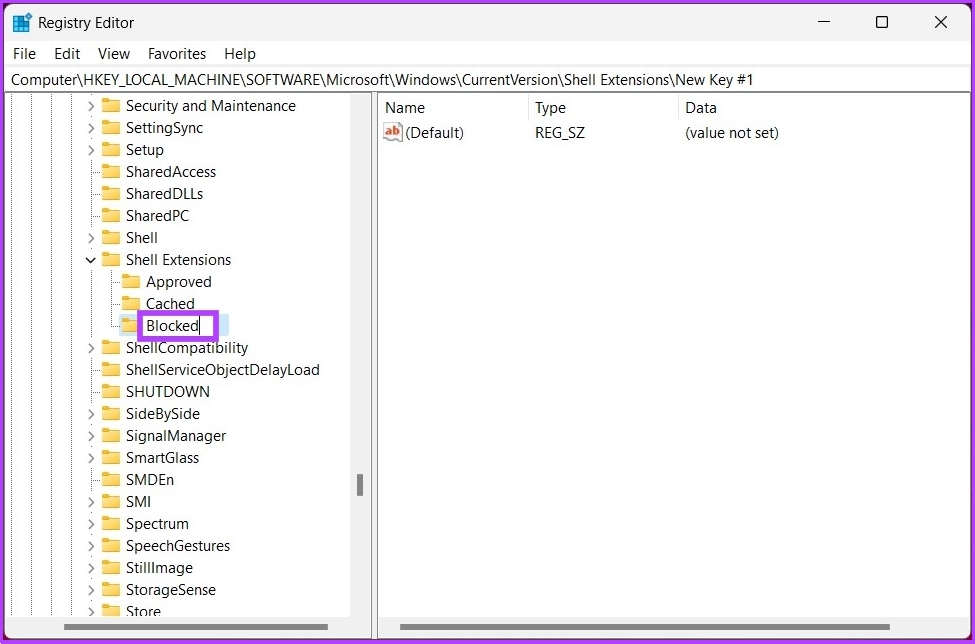
Step 5: Go to the Blocked folder, right-click, select New, and choose String Value.

Step 6: Now, type the below:
{e2bf9676-5f8f-435c-97eb-11607a5bedf7}

Step 6: Finally, restart your Windows 11 PC.
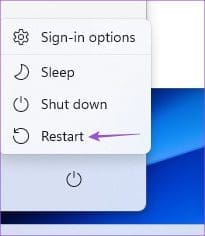
There you go, you have successfully brought back the old file explorer ribbon in Windows 11. If you want to go back to the modern ribbon, click on the {e2bf9676-5f8f-435c-97eb-11607a5bedf7} string, right-click on it, and click Delete. In the prompt ‘Confirm Value Delete,’ click Yes.
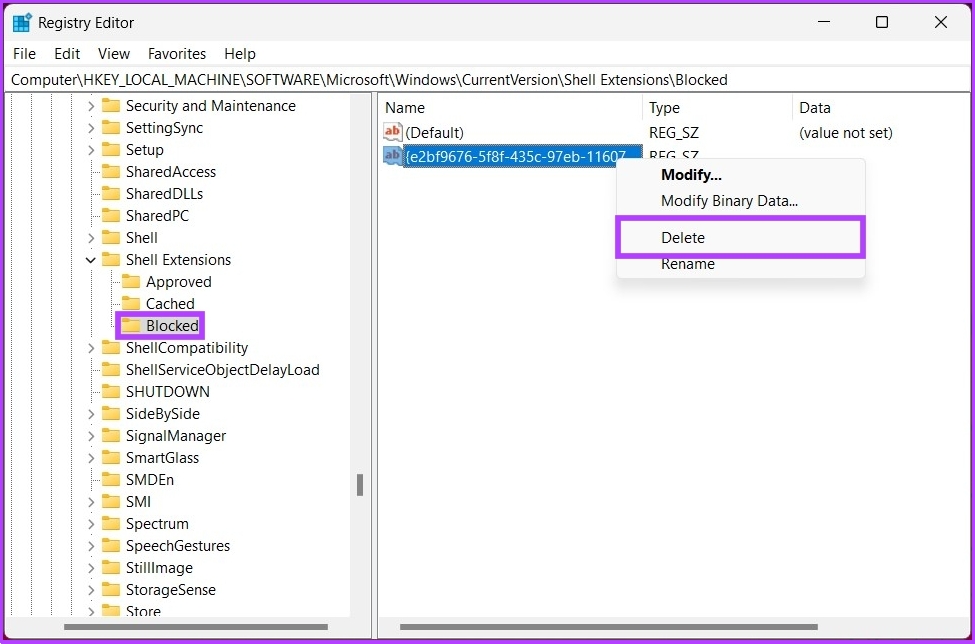

If the steps are too long to follow, you can execute the same method using the Command Prompt. Keep reading.
3. How to Enable Classic File Explorer Using Command Prompt
Restoring the old file explorer ribbon on Windows 11 is simple. However, similar to the above method, this method no longer works if you are on Windows 11 version 22H22 or higher. With that out of the way, let’s begin with the steps.
Step 1: Press the Windows key on your keyboard, type Command Prompt, and click ‘Run as administrator.’
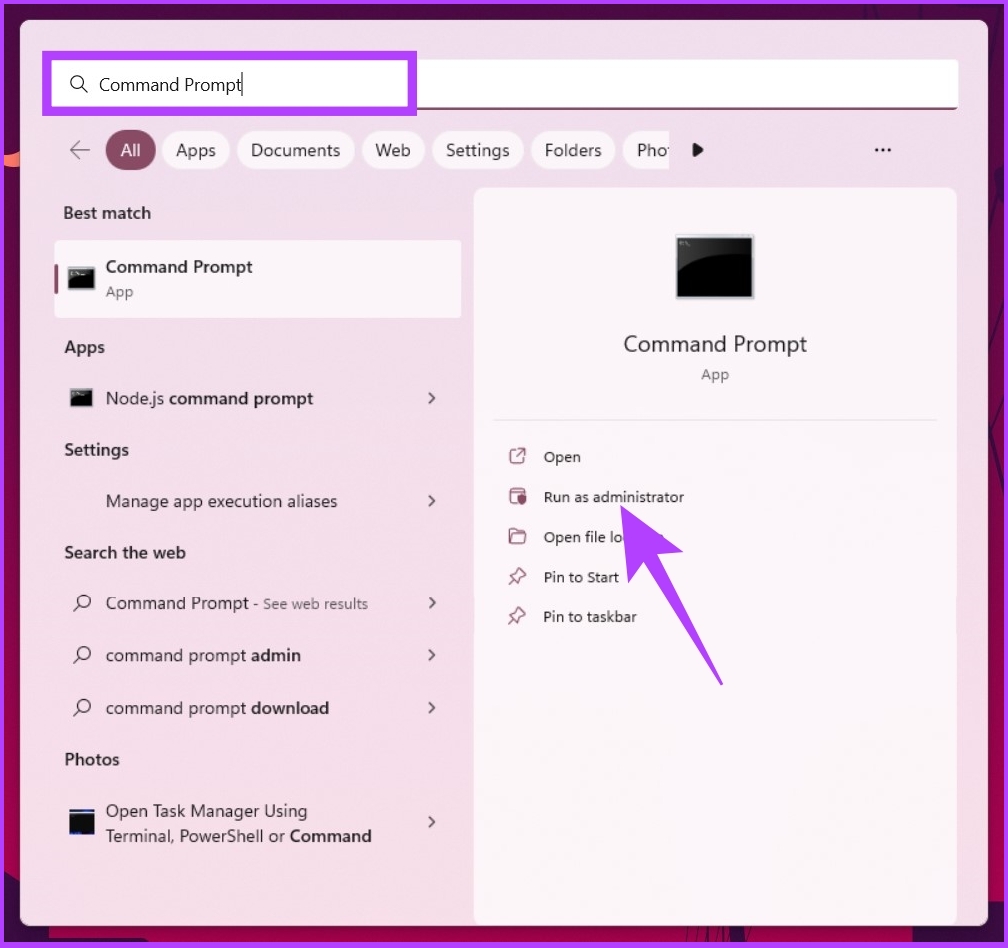
Step 2: Type the below command and press Enter.
To enable, type the below command:
reg delete "HKCU\Software\Classes\CLSID\{d93ed569-3b3e-4bff-8355-3c44f6a52bb5}" /f

To disable, type the below command:
reg add "HKCU\Software\Classes\CLSID\{d93ed569-3b3e-4bff-8355-3c44f6a52bb5}\InprocServer32" /f /ve
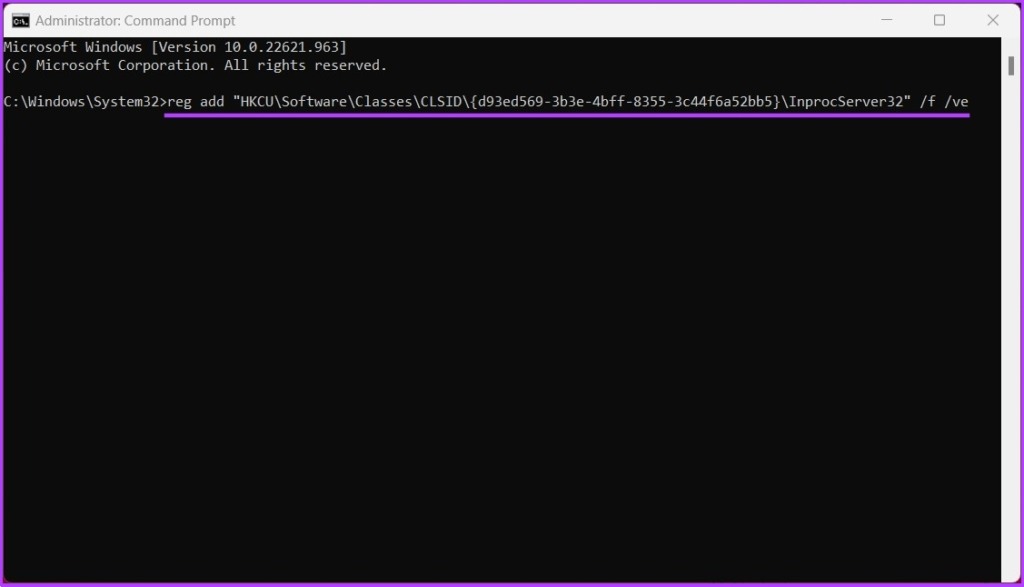
Step 3: Close the Command window, and restart your computer.

You will be greeted with the classic old file explorer ribbon on your Windows 11. If you have any queries, check out the FAQ section below.
FAQs on Restoring Classic File Explorer Ribbon
The ribbon is a graphical user interface element within the File Explorer application in Microsoft Windows. It takes the place of the menu bar and toolbar in earlier app versions. It is organized into a series of tabs, each containing a set of related buttons and menus. This makes it easier for users to find and access their needed features and options.
You can find many different tabs on the File Explorer ribbon. Each tab contains buttons and menus related to it. Such as; Home: This tab consists of buttons and options for managing files and folders. Share: This tab contains options for sharing files and folders with other users. View: This tab holds options for adjusting how files and folders are displayed in the File Explorer window, and so on. Additionally, the File Explorer ribbon may also include other tabs depending on the specific context or task that you are performing.
Go Back to Classic
The above methods are some ways you can restore the classic File Explorer ribbon in Windows 11. Now that you know, you may also want to disable the ‘Show mode options’ context menu in Windows 11. That said, it is better to adapt to the changing design than go back to the classic.
Was this helpful?
Last updated on 21 December, 2022
1 Comment
Leave a Reply
The article above may contain affiliate links which help support Guiding Tech. The content remains unbiased and authentic and will never affect our editorial integrity.



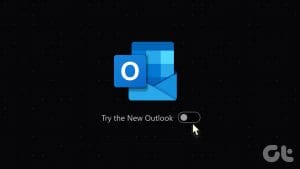
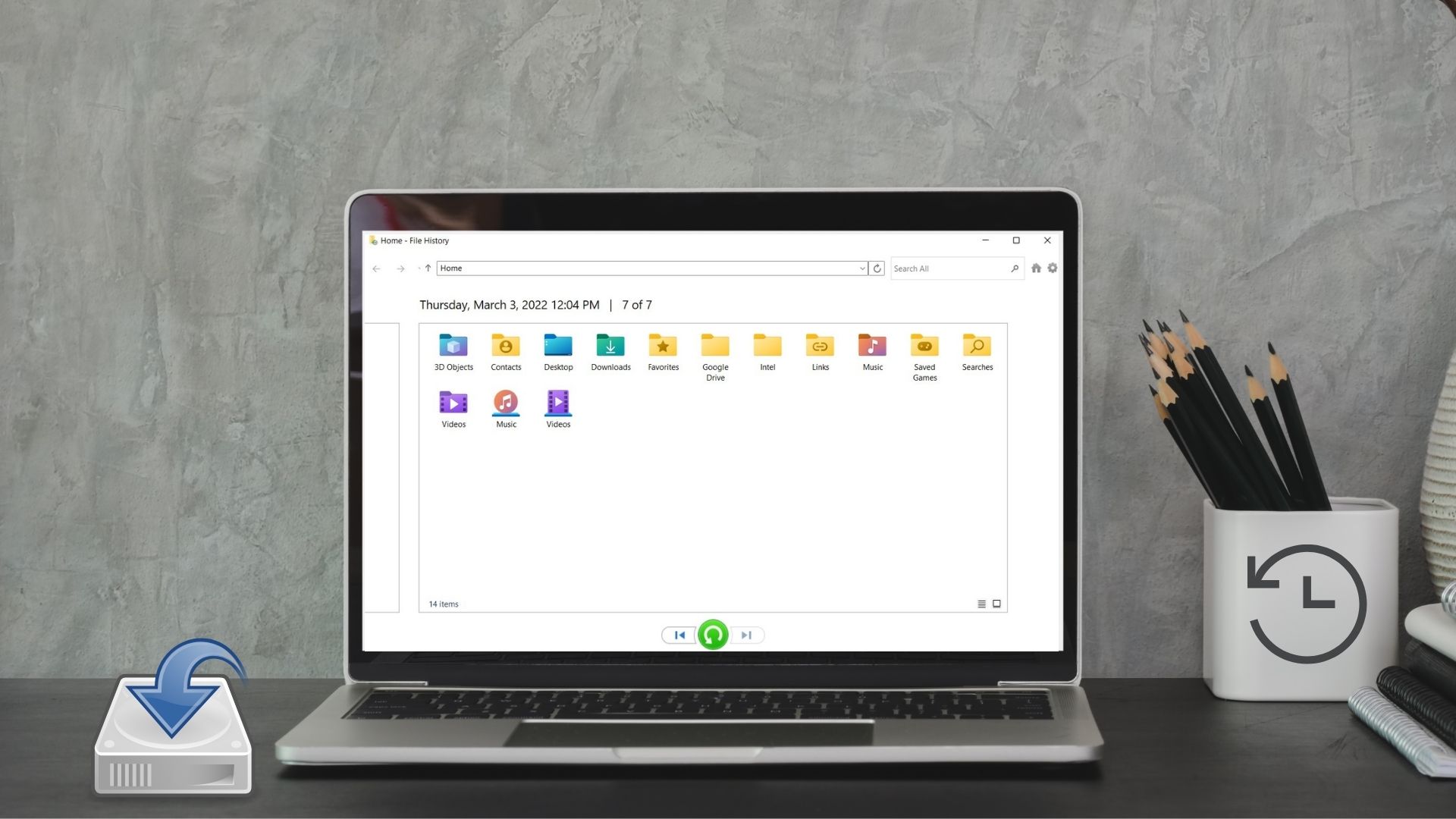
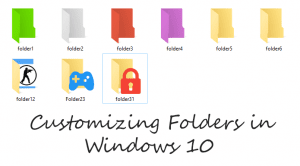





Now broken in 22h2! Seems Microsoft is hell-bent on killing functionality … EVEN for those who want it so badly they end up here because it is THAT important!
My biggest gripe: Toggling Preview Pane and Details Pane went from ONE click to THREE clicks! Every click is work …
1. Look where to move mouse too
2. move mouse to it and click
3. Now scan the options… oh right, NOT IN THIS LIST…
3. Click SHOW > (cause SHOW is so different than VIEW???)
4. Now scan down the SHOW menu, past things to find PREVIEW PANE
5. Click PREVIEW PANE
6. Meditate until my anger subsides
7. Get back to what I was doing in the FIRST PLACE
So, why not always have PREVIEW PANE turned on? Because sometimes I want to see ALL of the columns in the list of files that the preview pane covers up!